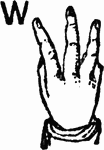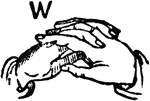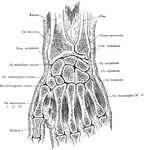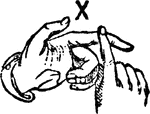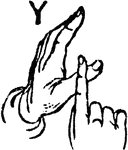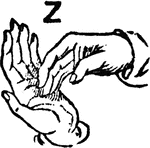
Normal Aperture Front Wide High Vowel
Vowels have a wide, firm, and free channel, whereby the breath is modified without friction or sibilation.…
Normal Aperture Front Wide Low Vowel
Vowels have a wide, firm, and free channel, whereby the breath is modified without friction or sibilation.…

Normal Aperture Front Primary Wide Vowel
Vowels have a wide, firm, and free channel, whereby the breath is modified without friction or sibilation.…
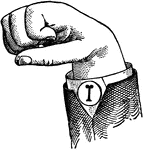
Normal Aperture Mixed Primary High Vowel
Vowels have a wide, firm, and free channel, whereby the breath is modified without friction or sibilation.…
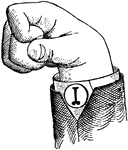
Normal Aperture Mixed Primary Low Vowel
Vowels have a wide, firm, and free channel, whereby the breath is modified without friction or sibilation.…
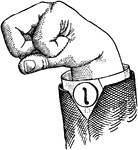
Normal Aperture Mixed Primary Mid Vowel
Vowels have a wide, firm, and free channel, whereby the breath is modified without friction or sibilation.…

Normal Aperture Mixed Wide High Vowel
Vowels have a wide, firm, and free channel, whereby the breath is modified without friction or sibilation.…
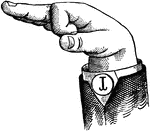
Normal Aperture Mixed Wide Low Vowel
Vowels have a wide, firm, and free channel, whereby the breath is modified without friction or sibilation.…

Normal Aperture Mixed Wide Mid Vowel
Vowels have a wide, firm, and free channel, whereby the breath is modified without friction or sibilation.…
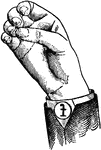
Round Back Primary High Vowel
Vowels have a wide, firm, and free channel, whereby the breath is modified without friction or sibilation.…

Round Back Primary Low Vowel
Vowels have a wide, firm, and free channel, whereby the breath is modified without friction or sibilation.…

Round Back Primary Mid Vowel
Vowels have a wide, firm, and free channel, whereby the breath is modified without friction or sibilation.…

Round Back Wide High Vowel
Vowels have a wide, firm, and free channel, whereby the breath is modified without friction or sibilation.…

Round Back Wide Low Vowel
Vowels have a wide, firm, and free channel, whereby the breath is modified without friction or sibilation.…

Round Back Wide Mid Vowel
Vowels have a wide, firm, and free channel, whereby the breath is modified without friction or sibilation.…

Round Front Primary High Vowel
Vowels have a wide, firm, and free channel, whereby the breath is modified without friction or sibilation.…

Round Front Wide High Vowel
Vowels have a wide, firm, and free channel, whereby the breath is modified without friction or sibilation.…
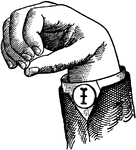
Round Mixed Primary High Vowel
Vowels have a wide, firm, and free channel, whereby the breath is modified without friction or sibilation.…
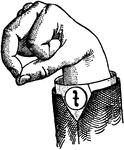
Round Mixed Primary Mid Vowel
Vowels have a wide, firm, and free channel, whereby the breath is modified without friction or sibilation.…
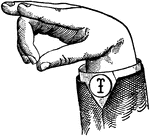
Round Mixed Wide High Vowel
Vowels have a wide, firm, and free channel, whereby the breath is modified without friction or sibilation.…
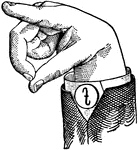
Round Mixed Wide Mid Vowel
Vowels have a wide, firm, and free channel, whereby the breath is modified without friction or sibilation.…

Wedge Axe
"The wedge axe (which was one of the first American improvements in edge tools introduced into Europe)."…

Hand Weeder
The hand weeder works on the same principle as the hand cultivator, but on a smaller scale. It is best…
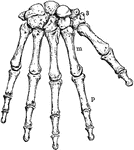
The Human Wrist and Hand Bones
Bones of the Wrist and Hand. Labels: m, metacarpal bones; p, phalanges; 3, bones of wrist.
